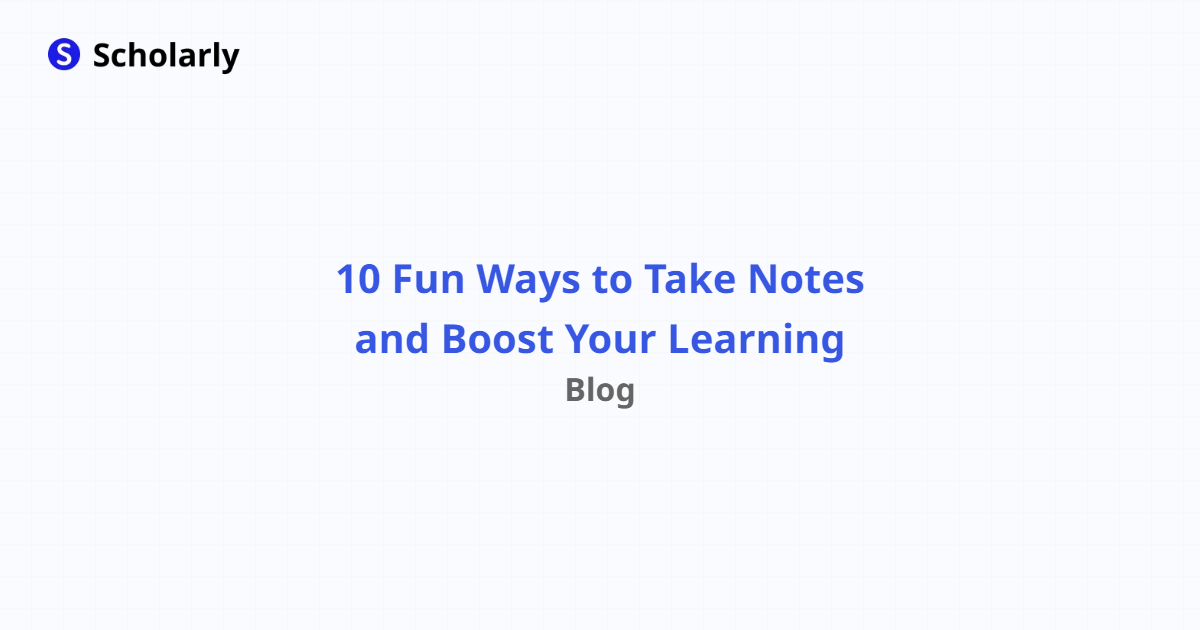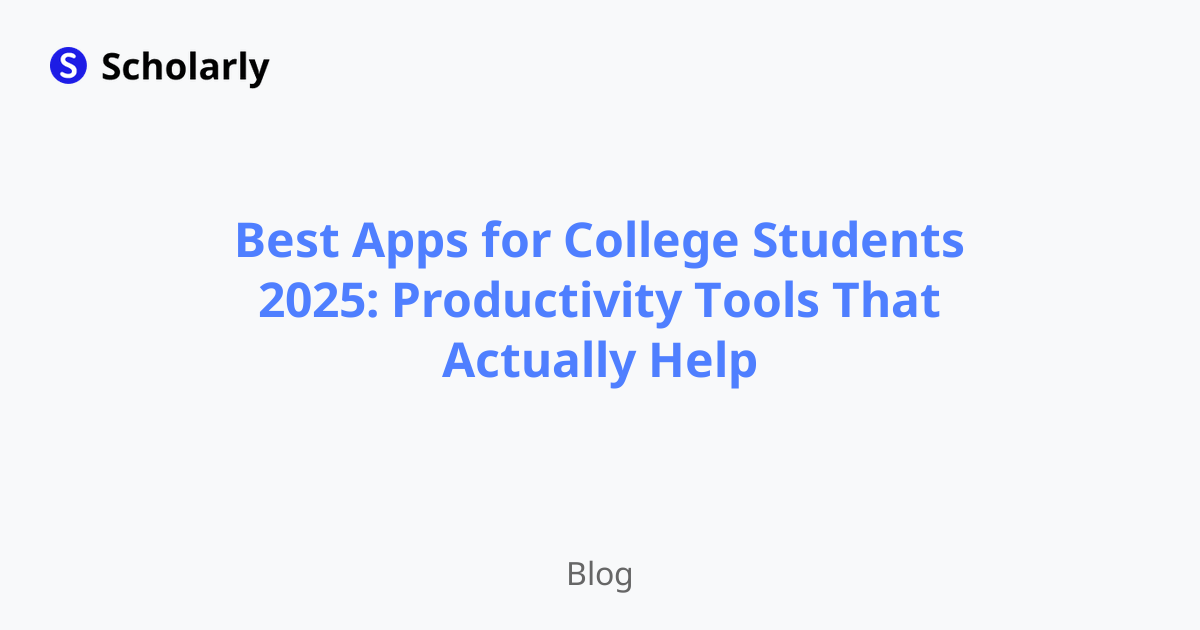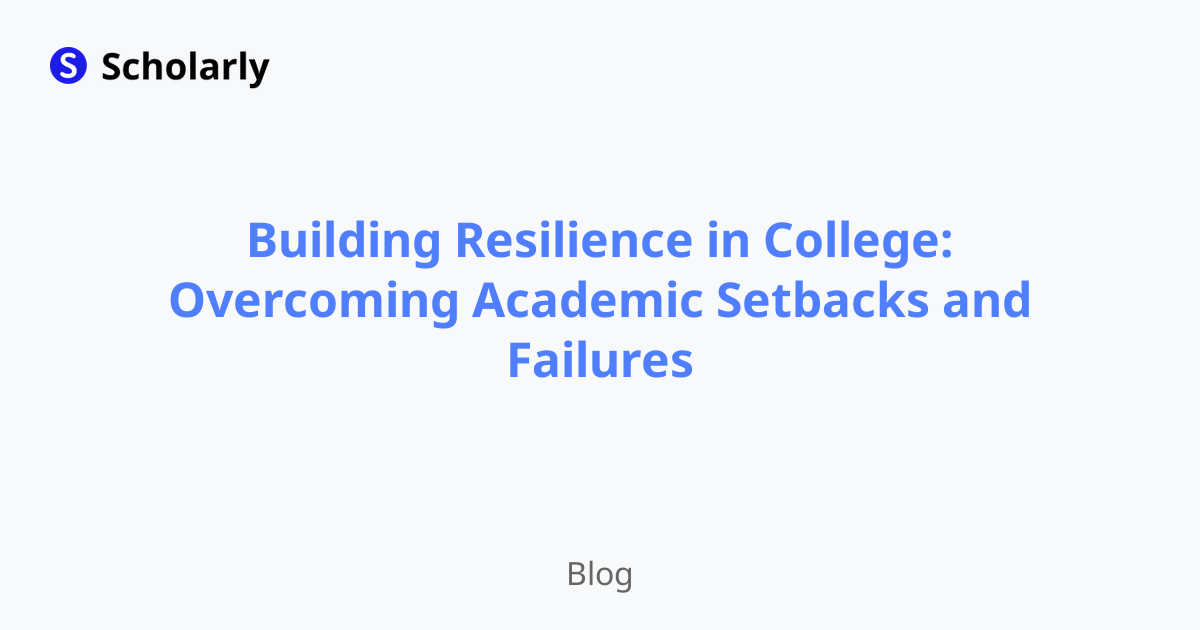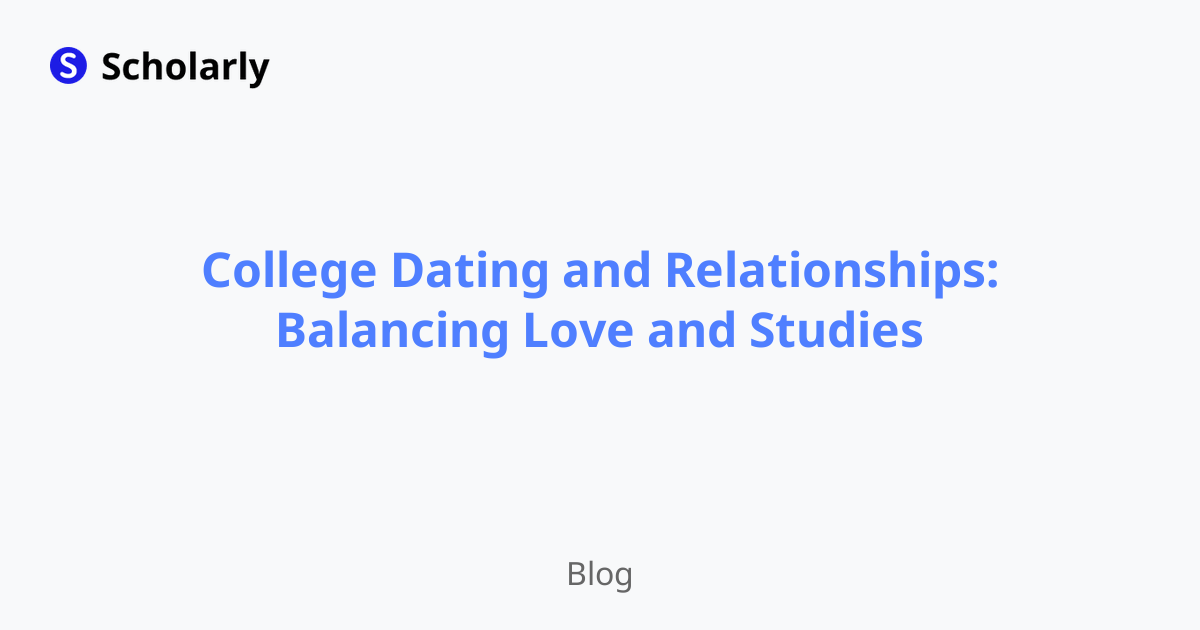10 Fun Ways to Take Notes and Boost Your Learning
Tired of boring, linear notes that put you to sleep? These 10 creative methods will transform your note-taking from mindless scribbling into active learning that actually sticks.

Let's be honest: most college note-taking is terrible. You sit in lecture frantically trying to write down everything the professor says, creating pages of illegible scribbles that you'll never look at again. Then, when exam time comes, you stare at these notes with the same confusion you'd have reading ancient hieroglyphics.
Sound familiar? You're not alone. Most students were never actually taught how to take notes effectively - they just copy what they see on the board and hope for the best.
But here's the thing: good note-taking isn't about capturing every word. It's about creating a system that helps you understand, remember, and actually use the information later. And the best part? It can actually be enjoyable.
Why Traditional Note-Taking Fails
The "Human Dictation Machine" Problem
Most students think their job is to be a human copy machine, frantically writing down everything they hear. This is exhausting, ineffective, and completely misses the point of learning.
The Issue: When you're focused on writing everything down, you're not actually thinking about what it means.
The "Pretty Notes, Empty Brain" Trap
You've seen those Instagram-perfect notes with color-coded everything and perfect handwriting. They look amazing, but often the person who made them can't actually explain the concepts.
The Reality: Beautiful notes ≠ better understanding. Function over form, always.
The 10 Methods That Actually Work
1. The "Connection Web" Method (Advanced Mind Mapping)
What It Is: Instead of linear notes, create a web of connected ideas that show relationships between concepts.
How to Do It:
- Put the main topic in the center
- Branch out to major concepts
- Use different colors for different types of information (facts, examples, personal connections)
- Draw arrows to show cause-and-effect relationships
Perfect For: Subjects with lots of interconnected concepts (psychology, history, biology)
Pro Tip: Don't worry about making it pretty during class. Create a clean version later for review.
2. The "Doodle Learning" System
What It Is: Combining simple drawings with text to create memorable visual anchors.
How It Works:
- Draw simple symbols next to important concepts
- Create visual metaphors for abstract ideas
- Use stick figures to represent processes or interactions
- Add arrows, stars, and emphasis marks
Why It's Genius: Your brain remembers visual information better than text alone. Even terrible drawings help with recall.
Example: For economics, draw a simple supply/demand graph next to every concept that relates to market forces.
3. The "Question Storm" Method
What It Is: Instead of just writing what the professor says, write questions that the information is answering.
The Process:
- Listen for the main point
- Ask yourself: "What question is this answering?"
- Write the question, then the answer
- Add follow-up questions that occur to you
Example:
- Instead of: "Mitochondria produces ATP"
- Write: "How do cells get energy? → Mitochondria produces ATP → Why is ATP important? → ..."
Why It Works: Questions create active engagement with the material and natural review prompts.
4. The "Story Arc" System
What It Is: Organize information like a story with beginning, middle, and end.
Perfect For: History, literature, case studies, scientific processes
The Structure:
- Setup: What's the context/background?
- Conflict: What's the problem/challenge?
- Resolution: How was it solved/what happened?
- Lesson: What's the takeaway/principle?
Example: For a biology lesson on evolution:
- Setup: Species exist in environments
- Conflict: Environment changes, creates pressure
- Resolution: Favorable traits become more common
- Lesson: Natural selection drives evolution
5. The "Teach-Back" Format
What It Is: Take notes as if you're going to teach the material to someone else.
How to Structure It:
- Write clear explanations in your own words
- Include examples you'd use to explain concepts
- Note where students might get confused
- Add your own analogies and connections
The Magic: If you can't explain it simply, you don't understand it well enough.
6. The "Evidence Collector" Method
What It Is: Organize notes around claims and evidence, like building a case.
The Format:
- Claim/Theory: What's being argued?
- Evidence 1: What supports this?
- Evidence 2: Additional proof
- Counter-evidence: What challenges this?
- Conclusion: How strong is the case?
Perfect For: Science classes, research-heavy subjects, analyzing arguments
7. The "Personal Commentary" System
What It Is: Add your own thoughts, reactions, and connections to the official content.
How to Do It:
- Use margins for personal reactions ("This reminds me of...")
- Note connections to other classes or experiences
- Write questions that pop into your head
- Add your own examples or applications
Why It's Powerful: Personal connections make information more memorable and meaningful.
8. The "Active Recall" Builder
What It Is: Structure notes to automatically create review materials.
The Method:
- Left side: Questions/prompts
- Right side: Answers/explanations
- Cover one side during review for instant practice
Advanced Version: Upload your notes to an AI tool that generates targeted review questions based on your actual content.
9. The "Concept Clustering" Approach
What It Is: Group related ideas into clusters instead of following chronological order.
How It Works:
- Use different sections of your page for different themes
- Jump between clusters as new information fits
- Draw connections between clusters
- Review by covering one cluster and trying to explain its relationship to others
Perfect For: Complex topics with multiple interconnected themes
10. The "AI-Powered Enhancement" System
What It Is: Use AI to transform your basic notes into comprehensive learning materials.
The Process:
- Take normal notes during class (don't worry about perfection)
- Upload your notes + any readings/slides to an AI platform
- Generate flashcards, quizzes, and summaries automatically
- Focus your energy on understanding rather than creating study materials
Why It's Revolutionary: Instead of spending hours making flashcards, spend that time actually learning the material.
The College Student's Note-Taking Strategy
Before Class: The Setup
- Review previous notes for 5 minutes to activate prior knowledge
- Skim the reading to know what's coming
- Choose your method based on the subject and your energy level
During Class: The Capture
- Focus on understanding first, completeness second
- Leave gaps rather than falling behind trying to write everything
- Use abbreviations and symbols to keep up
- Mark things you don't understand for follow-up
After Class: The Magic Hour
- Review and clarify within 24 hours while it's still fresh
- Fill in gaps from memory or classmates
- Create connections to previous material
- Generate questions for next class
Making It Stick: The Review System
The 24-7-30 Rule
- Review within 24 hours (quick scan)
- Review after 7 days (more thorough)
- Review after 30 days (test your memory)
Active Review Techniques
- Recreate diagrams from memory
- Explain concepts out loud
- Connect new information to old
- Generate your own examples
Common Mistakes to Avoid
The "Everything Is Important" Trap
Not everything your professor says needs to be written down. Focus on concepts, not every detail.
The "Perfect Notes" Obsession
Spending more time making notes pretty than understanding content is backwards.
The "Never Look Again" Problem
Notes are only useful if you actually review them. Build review into your system from day one.
The Scholarly Advantage: Smart Note Enhancement
Here's what successful students know: the goal isn't to take perfect notes in class - it's to create a learning system that works for you.
Instead of spending hours after class organizing and rewriting notes, smart students use AI to:
- Transform messy class notes into organized study materials
- Generate review questions from their actual content
- Create flashcards from both notes and textbook readings
- Build comprehensive review systems automatically
The Result: More time spent learning, less time spent on busy work.
Ready to Transform Your Learning?
Stop treating note-taking like a chore and start treating it like a learning strategy. The students who succeed aren't necessarily the ones with the most notes - they're the ones whose notes actually help them learn.
Try Scholarly free for 7 days and discover how AI can turn your class notes into powerful learning systems that actually help you remember what you study.
Your future self (the one acing exams) will thank you.
Try Our Popular AI Study Tools
Transform your study materials into interactive learning experiences with our most popular AI-powered tools:
PDF to Flashcards
Convert lecture notes and textbooks into study flashcards instantly
Text to Flashcards
Turn any text or notes into comprehensive flashcard sets
Image to Flashcards
Convert diagrams and handwritten notes into digital flashcards
YouTube to Flashcards
Generate flashcards from educational video content



